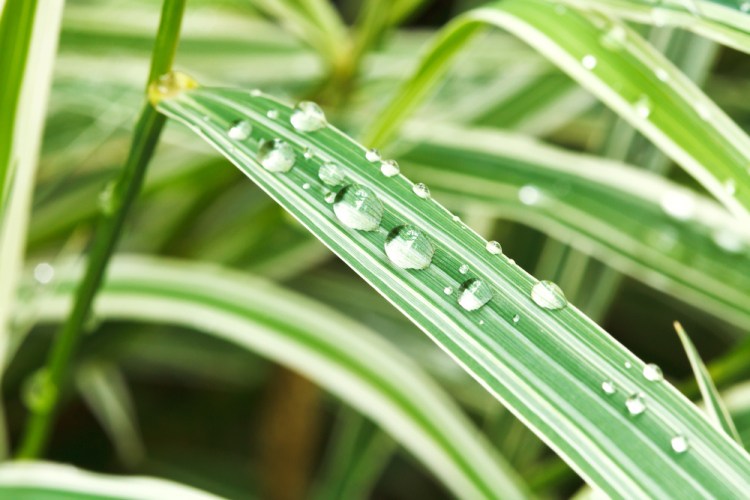Sedges grow everywhere in Maine – from arid mountaintops to bogs, along the sides of fresh-cut roads through forests and under the canopies of those forests. More than 200 varieties grow in the state. Oddly, though, one place you find very few of them is in the gardens around Mainers’ homes. While some nurseries sell a few varieties, they are not on most people’s gotta-have-it list.
Maybe they should be.
At a talk I attended earlier this summer, Thomas Rainer, co-author of “Planting in a Post-Wild World,” said sedges – along with ferns – are one of the most versatile ground covers for the garden. Other experts sing their praises because they help control erosion and have an attractive architectural look. Sedges range widely in color, from yellow to gold to green, and some have seed heads in interesting and unusual shapes that move attractively in the wind.
Just what is a sedge and how can you tell if the plant you are looking at is one? Sedges are graminoids, as are grasses and rushes. In an interview, Glen Mittelhauser, one of seven co-authors of the 712-page tome “Sedges of Maine: A Field Guide to Cyperaceae” (2013), referred to an old mnemonic rhyme that helps people – horticulturalists, gardeners, students – differentiate the graminoids: “Sedges have edges. Rushes are round. Grasses have joints all the way to the ground.”
Sedges have edges because the leaves are usually triangular, and you can feel the edges on them. Rushes are smooth and solid, as well as round. If you run your fingers along a grass stem you feel nodes, where the grass stem expands along the entire stem.
The largest group of sedges are Carex. All of the sedges I was able to find that are commercially available are in the Carex family.
Mittelhauser says that while some of the sedges do best in shade, others like sun; and while some are drought tolerant, others like wet soil. “There are so many species, and the growing requirements are species specific,” he said.
While sedges do have flowers, they are small and the plants are wind-pollinated, so they don’t do much for pollinators, he said.
“They do have a small nutlet that that could be edible,” he added, “but I don’t know of a lot of wildlife that consumes sedges.” Alison Dibble, another co-author of the sedges field guide, said – at least partly in jest – that “sedges tend to be high in silica content, so they could be useful on a camping trip to scrub out the frying pan.”
What sedges really do best, she added, is prevent soil erosion. They have good roots; in addition, the seeds survive a long time when they’re buried in the mud or soil.
“That is why when roads are built during a lumbering operation, sedges spring up on the side of the road,” Dibble explained. “Those are seeds from a long time ago that were finally exposed” to the sun and the air and are suddenly able to germinate.
Dibble has taken sedges from the wild and put them in her garden, and some have done quite well.
“A lot of them have an architectural look that would appeal to a gardener,” she said.
But she warned that people should be careful about moving sedges because many of the specific species are rare enough to be of concern to conservationists. It’d be fine to move anything that is on your own property, she said, and anything that is growing along the edge of the road would probably be OK, too.
Incidentally, if you are interested in the other graminoids, you’ll have to wait. “A Field Guide to the Grasses and Rushes of Maine” – which Mittelhauser also worked on – is under peer review, and is due out next year.
It is something to put on your gotta-have-it list after you have digested the sedge book.
Tom Atwell is a freelance writer living and gardening in Cape Elizabeth. He can be contacted at 767-2297 or at: tomatwell@me.com.
Send questions/comments to the editors.



Success. Please wait for the page to reload. If the page does not reload within 5 seconds, please refresh the page.
Enter your email and password to access comments.
Hi, to comment on stories you must . This profile is in addition to your subscription and website login.
Already have a commenting profile? .
Invalid username/password.
Please check your email to confirm and complete your registration.
Only subscribers are eligible to post comments. Please subscribe or login first for digital access. Here’s why.
Use the form below to reset your password. When you've submitted your account email, we will send an email with a reset code.